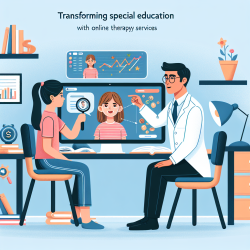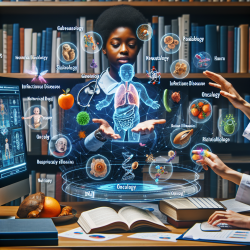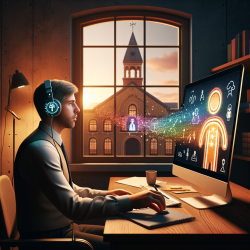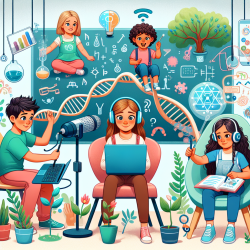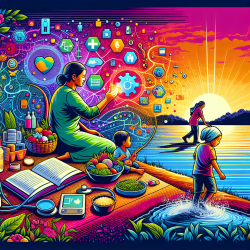Introduction
In the realm of educational technology, Intelligent Tutoring Systems (ITS) have emerged as a promising tool for enhancing STEM education. These systems offer individualized instruction, which is crucial for addressing the diverse learning needs of students. The research article "Comments and Reflections on ITS and STEM Education and Training" provides valuable insights into the application of ITS in STEM education, emphasizing the importance of individualization, the role of ITS in STEM, and the potential of mixed initiative dialogue.
The Importance of Individualized Learning
Individualization in education is essential, as learning rates vary significantly among students. Research by Gettinger and White (1980) found that the rate at which students learn can differ by a factor of 4:1. This disparity highlights the need for tailored educational approaches. ITS can provide personalized learning experiences, adapting to each student's unique capacities, interests, and prior knowledge.
ITS in STEM Education
STEM education is a natural fit for ITS applications. The complexity and abstract nature of STEM subjects make them ideal candidates for ITS, which can offer interactive and adaptive learning experiences. The research article highlights that most ITS applications focus on STEM education, with ITS developers often being scientists, technologists, engineers, and mathematicians themselves.
ITS can accelerate the acquisition of technical expertise, providing a cost-effective alternative to traditional classroom instruction. By offering individualized learning paths, ITS can enhance student engagement and improve learning outcomes.
Mixed Initiative Dialogue
A defining feature of ITS is the use of mixed initiative dialogue, where both the system and the learner can take the lead in the learning process. This approach mimics the interactive nature of human tutoring, allowing for dynamic and responsive educational experiences. The research discusses the effectiveness of natural language dialogue in ITS, which can provide tutorial direction, advice, and hints to learners.
Implementing ITS in Practice
For practitioners looking to improve their skills and outcomes, integrating ITS into their teaching strategies can be highly beneficial. By leveraging the capabilities of ITS, educators can provide more personalized and effective instruction, particularly in STEM subjects.
To further explore the potential of ITS in education, practitioners are encouraged to delve into the original research paper: Comments and reflections on ITS and STEM education and training.
Conclusion
Intelligent Tutoring Systems hold great promise for revolutionizing STEM education. By offering individualized learning experiences and utilizing mixed initiative dialogue, ITS can enhance student engagement and improve educational outcomes. As we continue to explore the potential of ITS, educators are encouraged to integrate these systems into their teaching practices, paving the way for a more personalized and effective educational experience.




